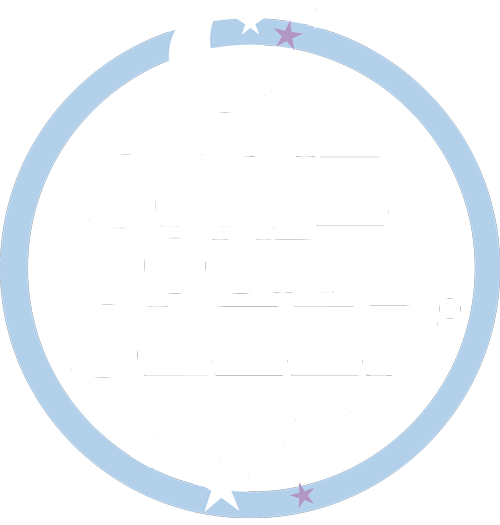We all know meal times can be a stressful part of parenting so I would like to include below some advice from my Save Our Sleep Feeding book.
These common toddler feeding issues have simple solutions and I may just have the to answer your prayers.
Common issues at meal times

Once your toddler is twelve months and you start to see their individual personality come out you might notice a few things that they do that you are not overly happy with, for example hunger tantrums, cupboard raids, food refusal or you might have a toddler who will only eat in front of the television.
Below I discuss the most common problems parents of toddlers have contacted me about.
Hunger tantrums
If your child is not on a good routine where she is eating plenty of food to keep her satisfied, she could be more prone to tantrums. Hunger tantrums usually occur close to regular mealtimes and typically the child is ratty, screams and cries and doesn’t want to do anything. She doesn’t want to put her coat on; she doesn’t want to do a jigsaw. She acts as if she doesn’t know what she wants. She is irrational and everything is too hard.
So when a child has tantrums, while you might think it’s ‘normal’ the tantrum could be hunger-related. Therefore it’s a good idea to make sure your child isn’t hungry. If she is having a lot of tantrums, review her feeding routine to ensure she is offered foods that will keep her satisfied throughout the day and you might find the tantrums disappear.
Often a toddler, preschooler or school-aged child will come home from day care, kinder or school hungry and demanding a snack. If you offer her food from the family table while you are eating or a small supper which could be bread and butter, toast, crackers and or some fruit.
Cupboard raiders
Children need boundaries around food – they shouldn’t help themselves to food unless you tell them they can. They need to understand there are actions and consequences. The action is going to the cupboard or fridge without asking and the consequence is having to sit on the thinking chair or step to think about what they have done.
While boundaries are important, however, it’s important to ensure your child’s safety in the kitchen so watch where you store things. For example, if you keep the kettle on the bench under the cupboard where the biscuits are kept, this is potentially very dangerous. Your child might suddenly decide she wants a biscuit while you are out of the room or out of sight. She could climb up onto the bench and knock the scalding hot kettle of water on herself. Yes, you do need to teach your child she is not allowed to help herself to biscuits, but the first time she tries this you will most likely not be in the room.
So make sure things are not stored in a dangerous way. If you can’t move the biscuits, move the kettle. Don’t store food in cupboards above the stove or stack the biscuit tin under other packages, which could come crashing down on your child while she is trying to reach the biscuits.
Refusing vegetables
If you have been following my advice since your child began solids, you should not have a problem with her refusing vegetables. I have found babies given vegetables to chew on from six months will enjoy those vegetables as they grow into a toddler, child and adult.
If you have a toddler or preschooler who refuses to eat vegetables, it’s very tempting to play the hide the vegetable game. The most popular method is to sneak vegetable purée into the child’s meal so she doesn’t realise she is eating vegetables. I don’t agree with this approach as I believe children need to learn to like vegetables. A much better idea is to offer your child a choice of three foods for dinner, one she likes and two she turns her nose up at – for example, chicken, potato and carrots. Tell her, ‘You have to eat two and when you do you can have dessert.’ This way she will have to eat at least one of the foods she doesn’t like.
For this strategy to work you have to set realistic goals. Don’t pile your toddler’s plate high with vegetables. One teaspoon of mashed potato and a small flower of broccoli are achievable targets on the first day. Each day you can slowly build up the amount of vegetables until your toddler is eating a healthy serve. You also have to make sure the incentive is strong enough, so the dessert you are offering should be one she absolutely loves.
But prevention is better than cure, so it’s very important you offer vegetables off your plate from the time your baby is six months old so she learns to like vegetables.
Food refusal and junk food junkies
If your toddler refuses to eat her meal you will only encourage further refusals if you try to cajole her into eating, or keep offering different foods in the hope she will eat something. At each meal offer your toddler the food you have prepared for her. Set a timer for 20 minutes and then invite her to the table. If she refuses to eat the meal or asks for something else, say, ‘No, this is your dinner today. If you aren’t hungry that’s fine, you can leave the table. If you change your mind later your meal will be here for 20 minutes.’
If your toddler has not come to the table and eaten within 20 minutes, tell her dinner is over and take her meal away. But if she asks for her dinner within the next hour, give it to her. Within a few days you should find your toddler is back to eating her usual amount of lunch or dinner.
If your toddler only wants to eat junk food, I recommend you continue to offer healthy food and nothing else. If she is willing to sit at the table but won’t eat, you get a timer and say, ‘In 20 minutes your mealtime is over’. If she refuses to eat, take the meal away and don’t offer her any more food until the next mealtime. But you can bring the next mealtime forward if you think your child is hungry or if she is asking for food.




